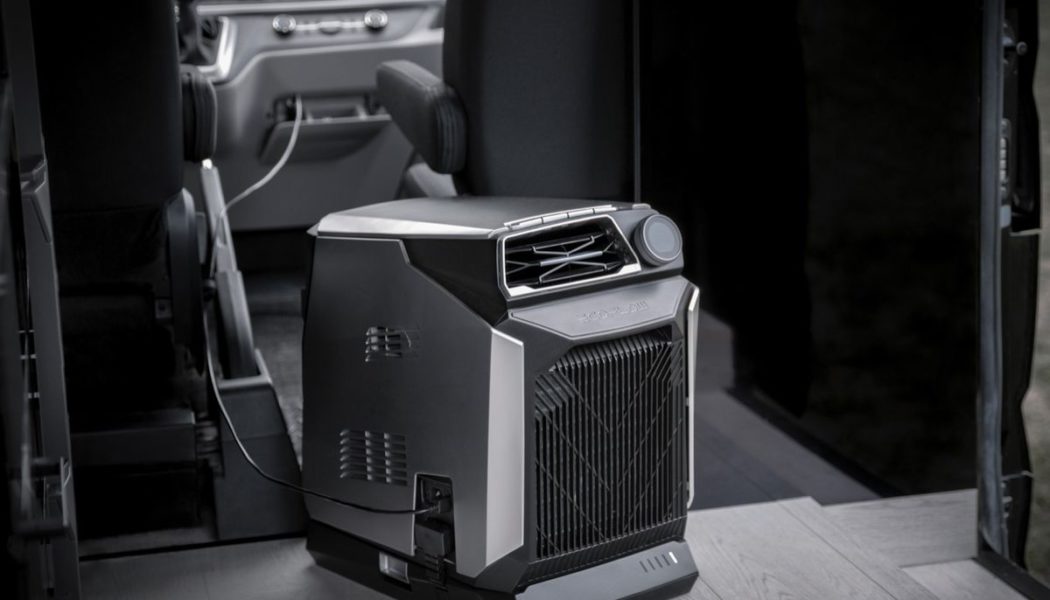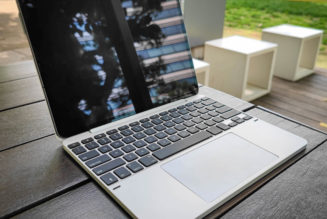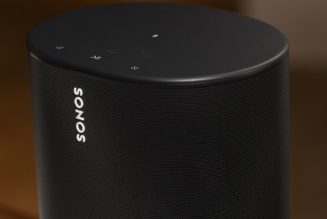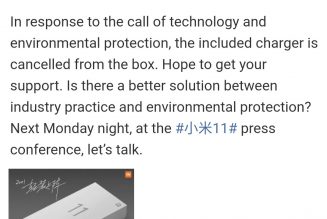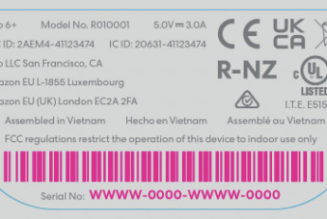EcoFlow is taking a detour from its usual pursuit of making big-ass batteries to launch this portable air conditioner that would give campers, RV roamers, and everyone living the van life more incentive to own a few of the aforementioned batteries. The EcoFlow Wave is a portable air conditioner it’s building that claims to have “the world’s most powerful cooling and the longest run time.”
As you can see, based on the environment of the gentleman pictured above, the idea is that keeping cool isn’t just for places with permanent walls or, apparently, any walls at all.
:no_upscale()/cdn.vox-cdn.com/uploads/chorus_asset/file/23456932/56dc7b233db2283db5e330f675c86ee4.jpg)
The unit weighs 38.58 lbs by itself and 55.98 lbs with the 1,008Wh add-on battery attached. Unlike some earlier EcoFlow projects, this isn’t a Kickstarter, but it has a similar promotional hook, offering cheaper options for those who sign up to buy one sooner. The Wave Portable Air Conditioner is available at $300 off for $1,199, while the most expensive option bundles in the Delta Pro power station (the largest EcoWave battery pack available and capable of powering the unit for up 12 hours) for $3,999.
Its makers claim that when the units start to ship in July, they will have 4,000 BTU cooling capacity, enough to rank highest among battery-powered portable air conditioners (for comparison, most of the window air conditioning units available at retail fall between 5,000 and 12,000 BTU) and will cool an 86-square-foot area from 84 degrees (F) to 75 degrees in eight minutes. According to the FAQ, the optimal size for fast cooling is about the area of a four-person tent.
:no_upscale()/cdn.vox-cdn.com/uploads/chorus_asset/file/23456931/ecolow_wave_side_front.jpg)
The Wave can plug into solar panels, car outlets, portable power stations, or wall sockets to charge up, and as long as humidity is below 70 percent, its condensation water should evaporate automatically. And yes, it can be wirelessly controlled with an app over Bluetooth or Wi-Fi.
I’m still not sure if the EcoFlow Wave will convince its target market that the best way to experience time in the warming environment we live in is by bringing along an electrified comfort device. The company claims that with solar panels, you can fully charge the add-on battery in as little as five hours, so maybe there’s a way?
